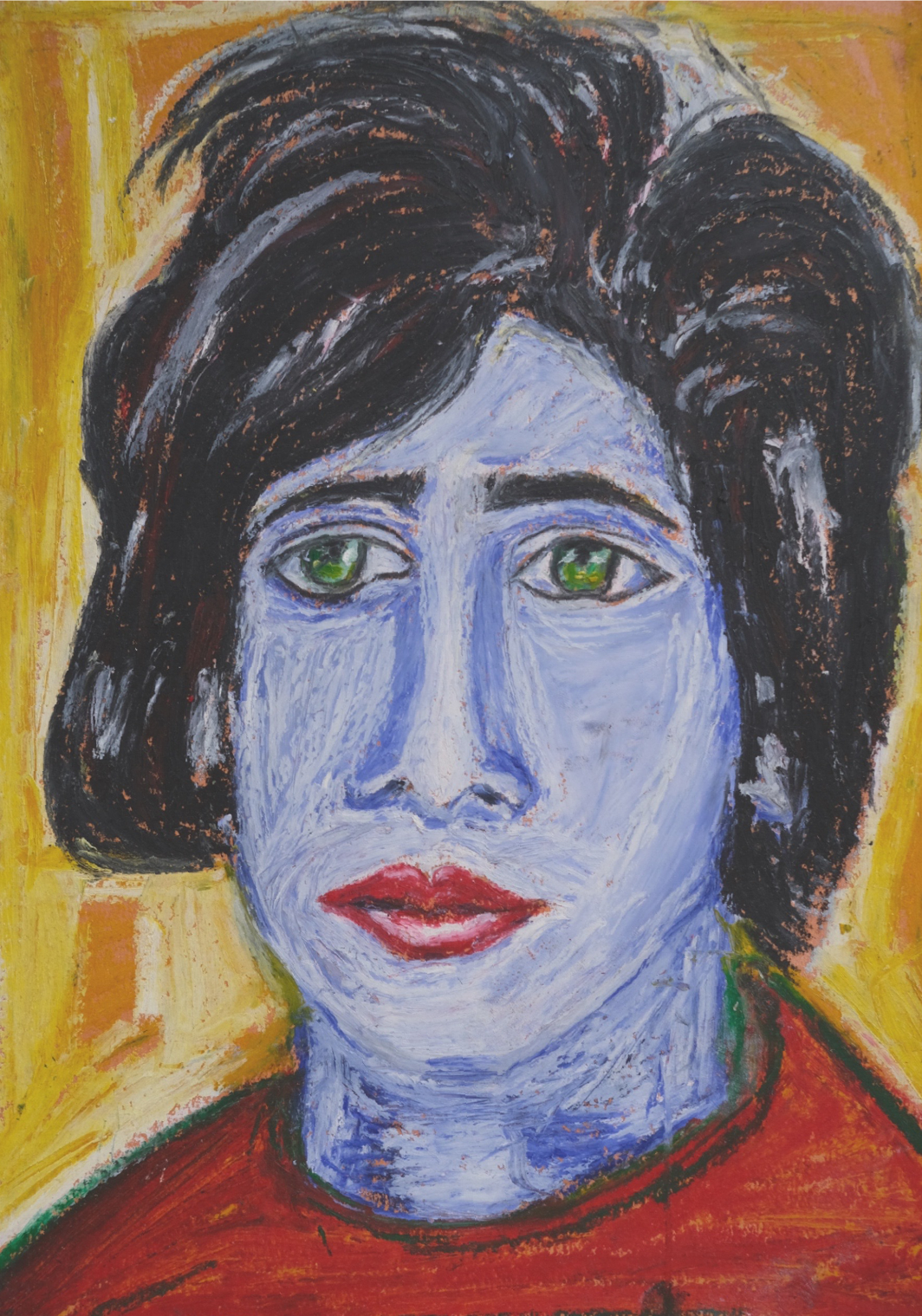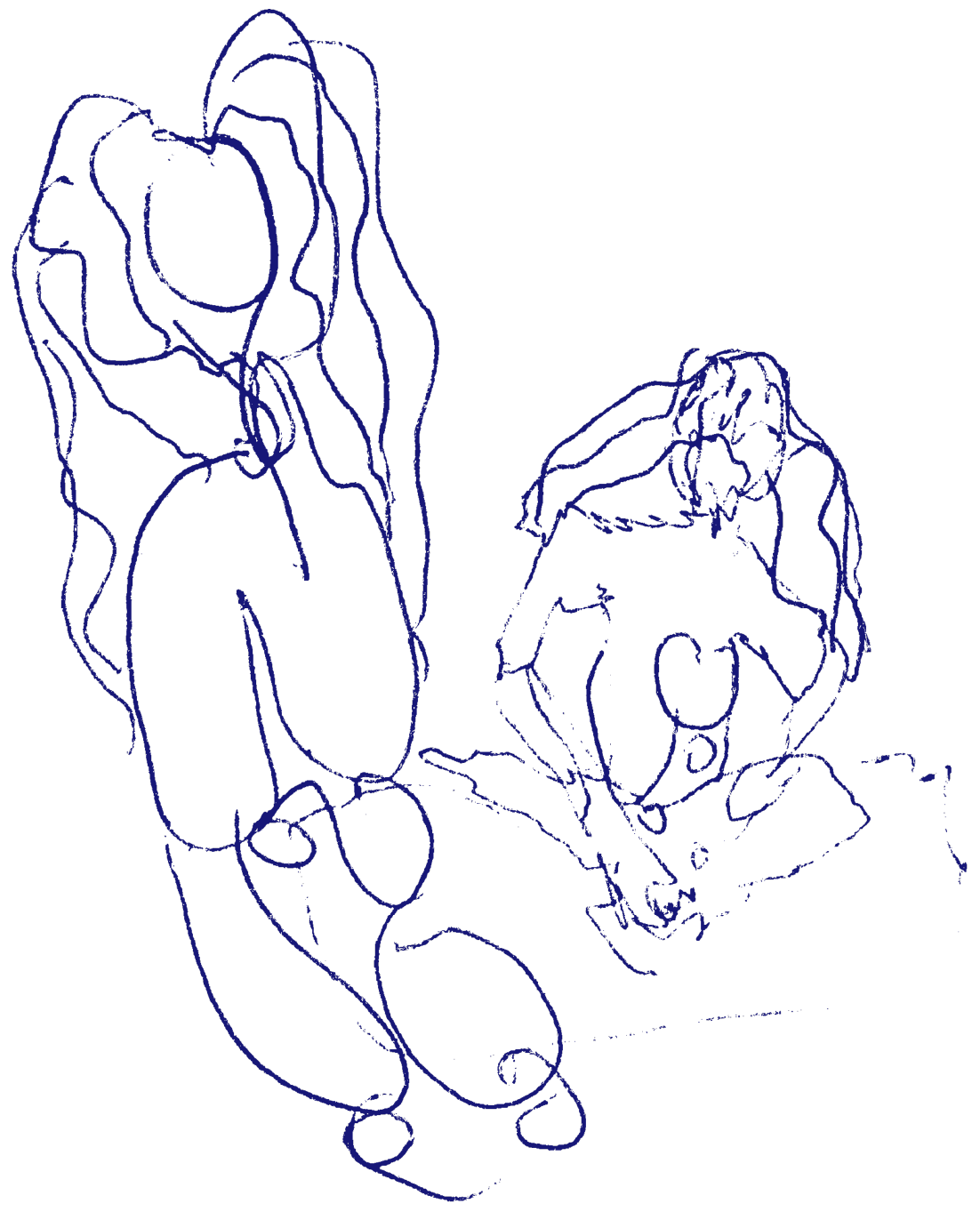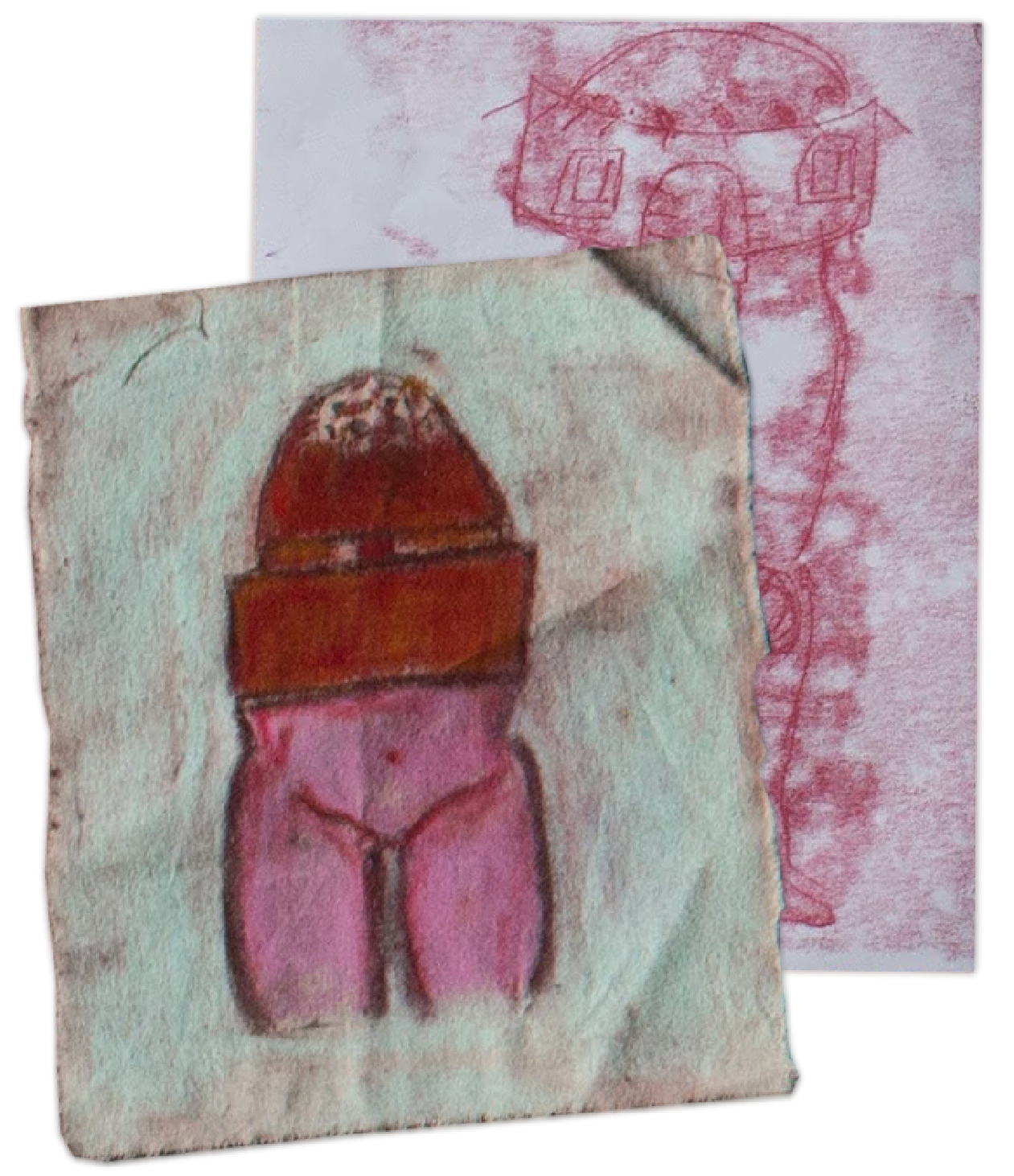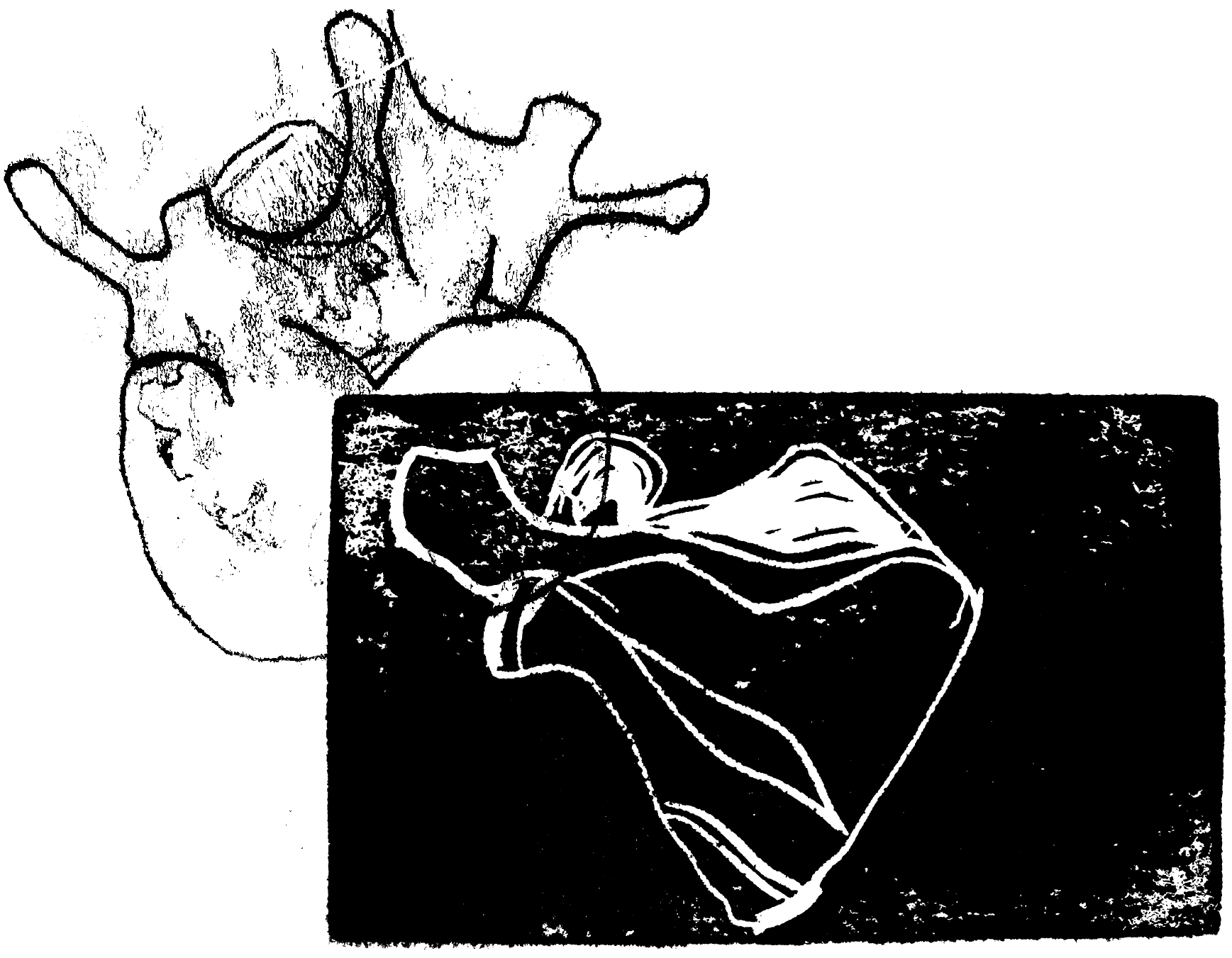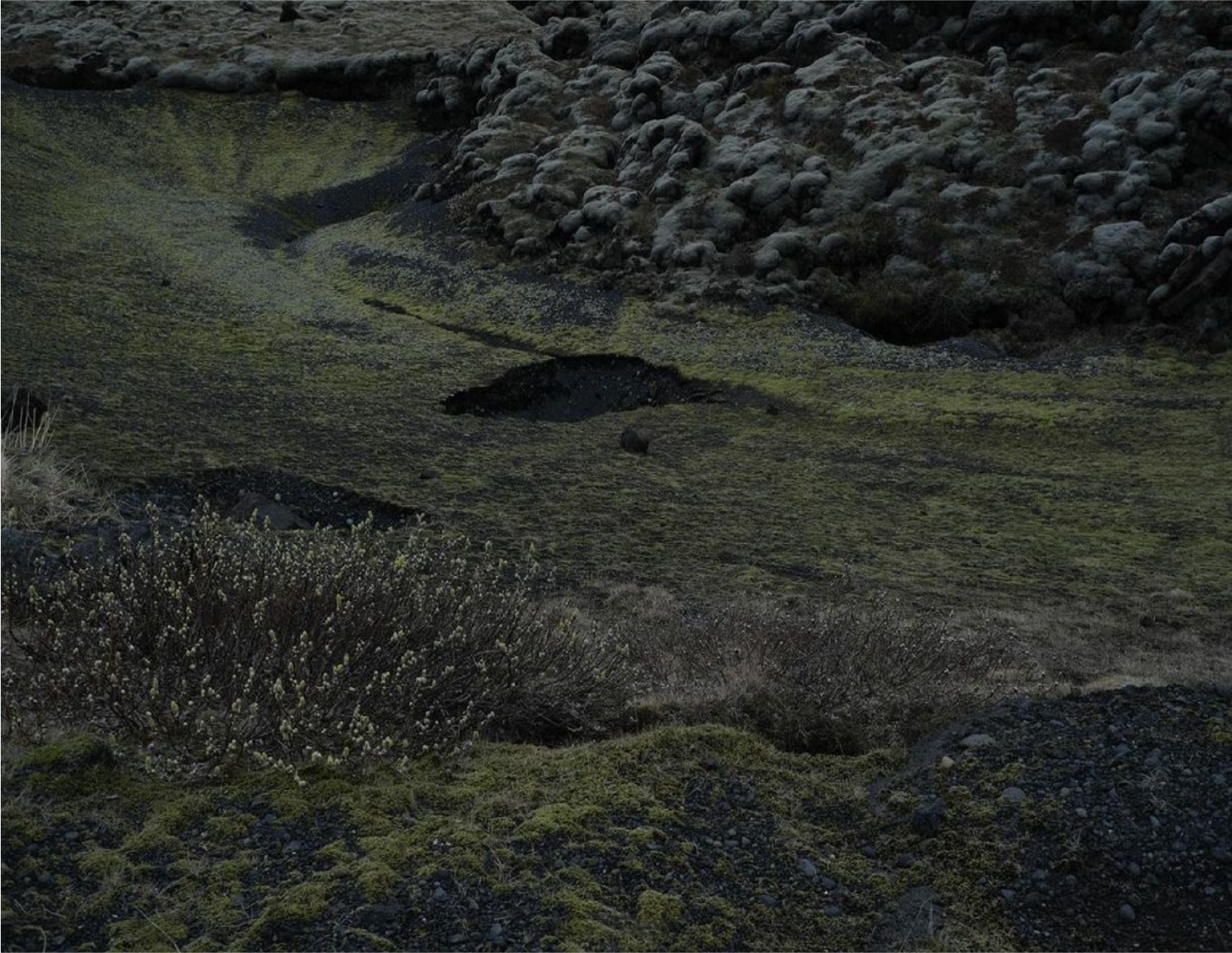MORNING QUESTIONS // DANCE LAAB
ANATOMY RESEARCH, DANCE AND MOVEMENT CLASSES
WORK IN PROGRESS // 2021 - ONGOING
> Supported by:
Professional development supported by the Canada Council for the Arts
> Exhibitions & Events:
taught at the Emerging Teacher’s Lab workshop and open classes at Studio303 (2021), at Nous Sommes L’été (2021), and at open workshops and the Professional Training Module at the Cairo Contemporary Dance Center (2022 - 2023)

Morning Questions began as a desire to study the human body from an artistic and multidisciplinary approach. It evolved to become my teaching practice that I now share with participants from different disciplines, with or without experience in dance. Morning Questions is an invitation to go beyond dance by incorporating writing, imagery, and visual arts as complementary tools to express the complexity of the human body.
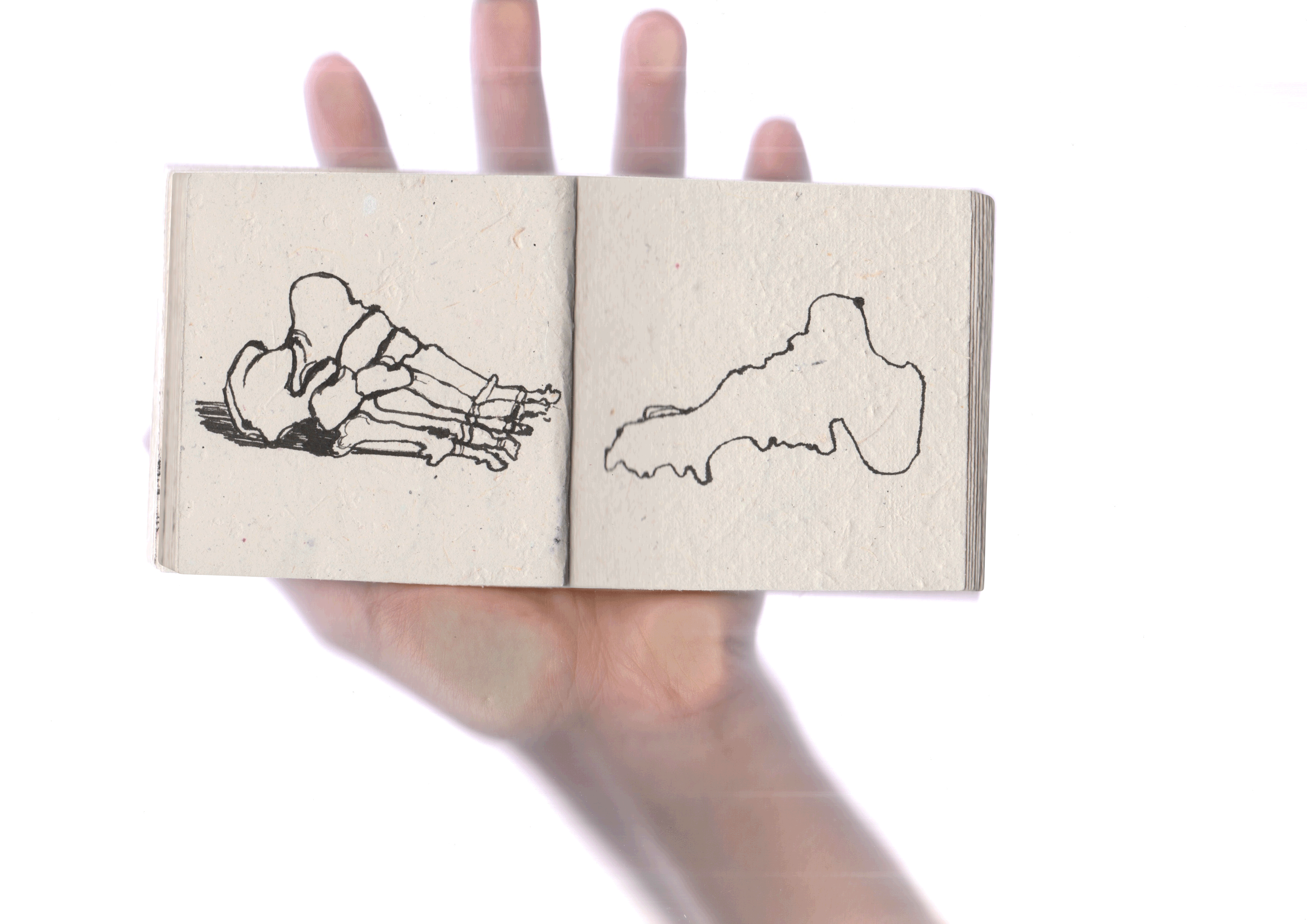
First, I look at an anatomical structure in the human body and wonder. I draw the structure on paper, then write thoughts, memories, and questions. I embody the questions in stillness, movement, and in relationship to other forms and bodies in space. I use resources from movement approaches I have studied including martial arts, traditional dance from Congo and West Africa, and the Axis Syllabus.

My class follows a form of research lab* where searching and sharing is encouraged. I invite participants to wonder in practical and poetic voices. How is my head related to my tail? What if the internal systems of my body act like a composition beyond function? What are the movement articulations of my ankle? What if bones are tokens of time and testaments to immortality? Is fascia a separate thing? What if my sternum remembers a distant memory that brings me to a collective one? What am I feeling and what can I do with this realization? The questions unfold on paper then in movement and in space.
*‘lab’ when pronounced slowly in Arabic, sounds similar to the word لعب, meaning ‘play’ or ‘amusement’. Hence I extended it to ‘laab’ in the project name to play on that connection.
GALLERY

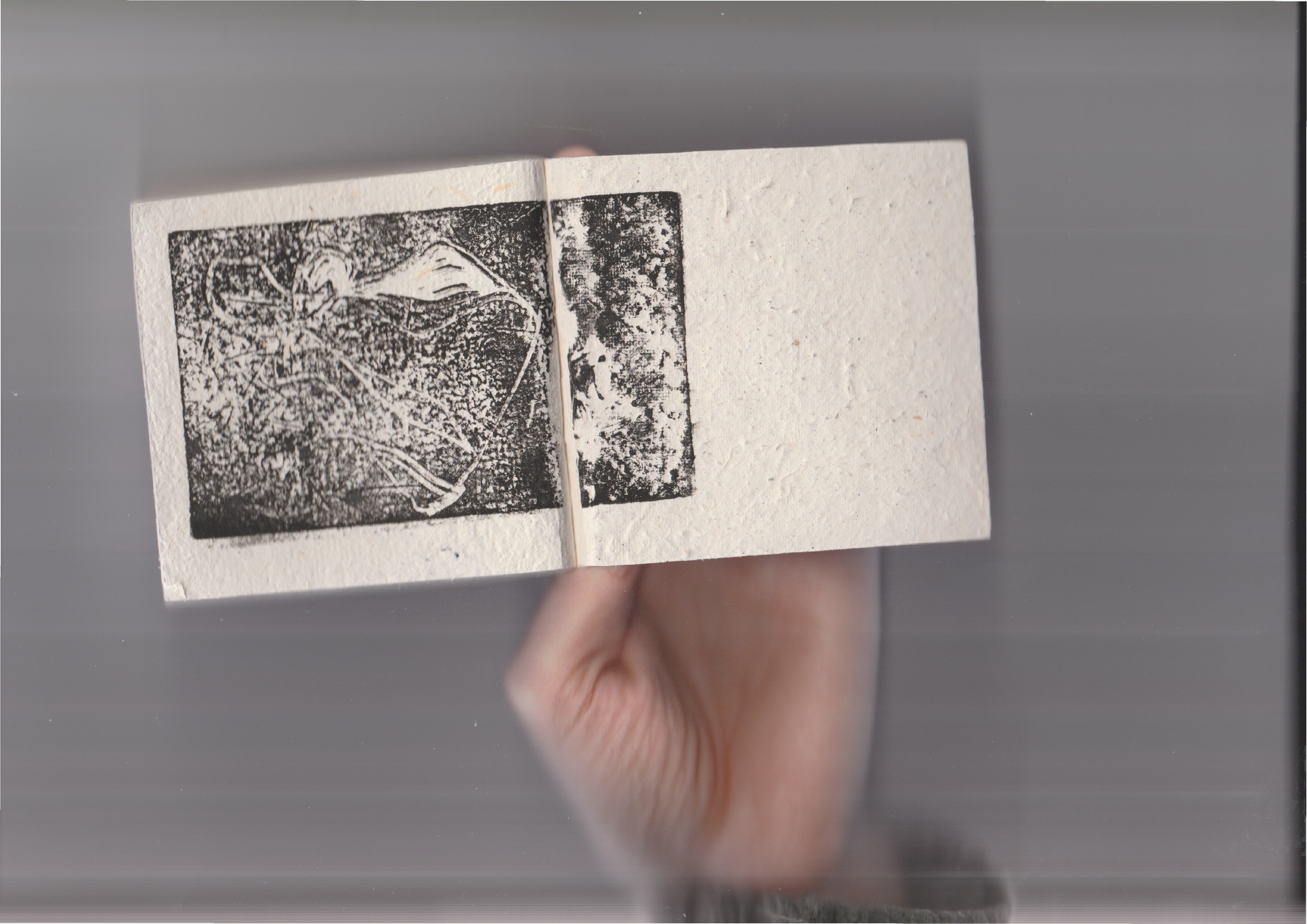










ABOUT

about me
Mona El Husseini is a dancer and visual artist, based between Montreal and Cairo. She completed her dance education at the Cairo Contemporary Dance Center (CCDC) in Egypt and studied International Business and Contemporary Dance at Concordia University.
Since 2018, Mona has been choreographing and performing her own projects, collaborating with other dance artists such as Zab Maboungou, Karima Mansour, Olivier Dubois, and Meryem Alaoui as a choreographer and performer, and teaching contemporary dance, barre, and pilates in professional training programs and open-level workshops. Her pieces have been performed in Egypt, Germany, Italy, and Canada and she is the recipient of the 2023 CAM+MAI joint support fellowship in dance.
In 2023, Mona premiered Creatrix, a dance duet with her mother, and published Family Portraits, a graphic memoir and visual art series at the MAI (Montréal, Arts Interculturels), and presented them at the IFE (Institut Français d’Egypte) in Alexandria and Cairo the following year. She is currently developing Monday or Tuesday, a dance solo, and Rabbet Manzel // House Goddess, a visual art series.
In 2018, Mona had a performing role in When Arabs Danced, a TIFF- and FIFA-featured documentary film by Jawad Rhalib, and in 2024, she was the lead actress in Clermont-Ferrand featured short film ‘Mango’ by director Randa Ali. She was the choreographer of ‘Mama,’ a theatre piece by Nathalie Doummar, which was presented in 2022 at Théâtre Duceppe and at Festival Juste Pour Rire in Montreal.
Artistic Approach
In her artistic process, Mona goes beyond dance and traces the thread that connects the different art forms she practices including visual arts and writing. She is fascinated by the tangible and intangible layers that move a body and is interested in how stories are transmitted, shared, and told through the body across generations. She finds magic in the mundane and fosters intergenerational collaborations with artists and non-artists alike. She continues to search for dance in the encounter between the intimate and the collective, the traditional and the contemporary, and in the space where the inner and outer meet.


